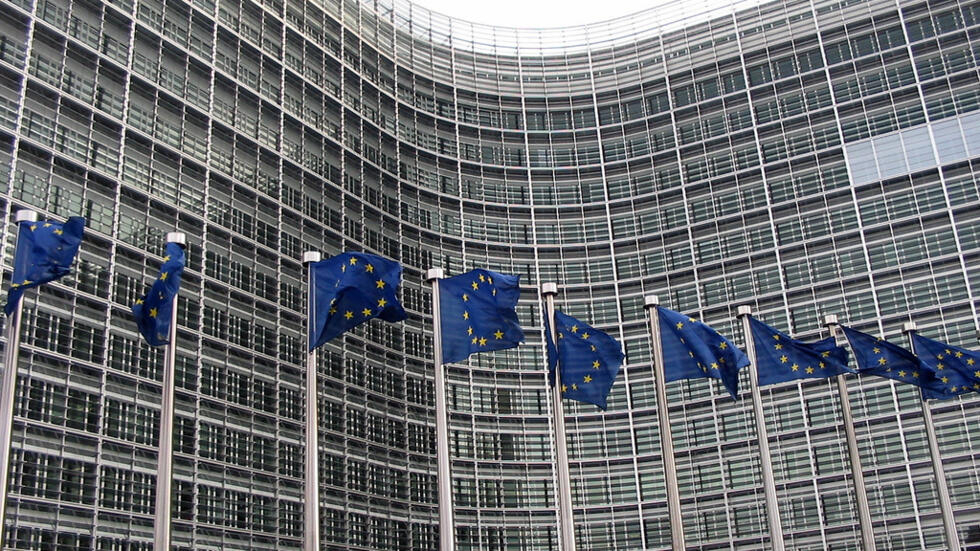European aid, which was suspended following the outbreak of the Tigray conflict, will be used to support green growth, inclusive human development, improved governance and the consolidation of peace in the country.
The European Union promised, on Tuesday October 3, the disbursement of aid of $680 million for Ethiopia, by 2027, to support green growth, inclusive human development, improvement of governance and peacebuilding in this country.
The agreement relating to this aid program was signed in Addis Ababa by the European Commissioner for International Partnerships, Jutta Urpilainen, and the Ethiopian Minister of Finance, Ahmed Shide.
“Ethiopia is engaged in a process of peace, transitional justice and reform. The European Union has always supported these initiatives,” declared Ms Urpilainen following the signing of the agreement.
The aid program, which was suspended in January 2021, due to a conflict that occurred in November 2020 between the central government and rebel groups in the Tigray region, will now be implemented over the period 2024-2027.
This conflict ended in November 2022 with the signing of a peace agreement between the two parties, which notably provides for the disarmament of rebel forces, the restoration of federal authority in Tigray and the reopening of access to this region plunged into a catastrophic humanitarian situation.
The implementation of this agreement concluded under the aegis of the African Union (AU) is so far on the right track, as evidenced by the recent withdrawal of the Tigray People’s Liberation Front (TPLF), the party of the rebel authorities. from this region of northern Ethiopia, from the list of terrorist organizations.
The human toll of the conflict remains opaque, but Amnesty International has described it as “one of the deadliest in the world”. The head of diplomacy of the European Union, Josep Borrell, had, for his part, put forward the figure of 600,000 to 800,000 people killed, which would make the war in Tigray one of the most devastating of the 21st century.
This article is originally published on agenceecofin.com







